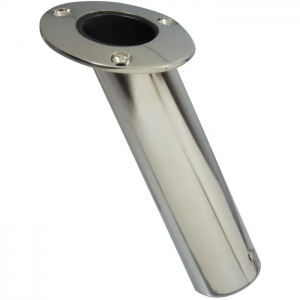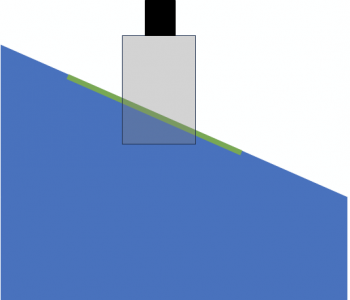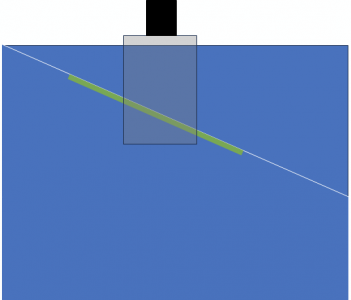- Joined
- Oct 4, 2016
- Messages
- 7,023
I need to step up my game here for fishing pole holders. The normal angle through the flat plate is 30 degrees for 1.5, or 2" pipe. What is my easiest approach to this with a 9x50 mill, adjustable angle milling table, angle the head? What cutter, carbide annular, or center cutting end mill, straight through hole then angle witch ever over till 30 degrees? The commercially available holders do not meet tough commercial fishing demands, so I do get requests{I did 30 years commercial, and know) big line 180-250# and very tight drags, also hydraulic reels with no drag, this is not play with them fishing. 
Last edited:





